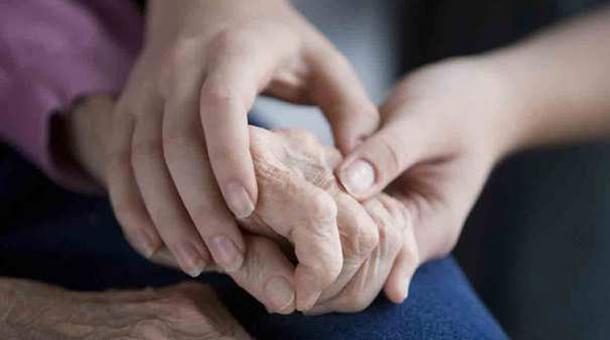We all want the best for our loved ones, whether it’s sending our young to good schools and colleges, making sure everybody eats healthily, or just making sure our elderly have the quality they deserve after a life of working hard and raising us to be the people that we are today. So it’s no surprise that we don’t like to think about things like illness and disabilities – nobody likes the thought of a loved one struggling to go about their daily routine.
However, we’ve lucky enough to live in a time when illness and disability no longer mean an end to livelihood. There exists technology and the right amount of help and care to help both you and the patient out in the event of a life-changing illness or injury.
There are homecare teams, for instance, that will help the two of you out by visiting the patient at home and making sure they’re comfortable and well, without the two of you having to significantly change your lives or worry about time and money. But here are a few things you can do to ensure things are a little easier for somebody living at home with a disability or illness.
Stairlifts, and staircase and bathroom rails
Probably the first thing that you think of when you think of DIY homecare, but one that a surprising amount of people forget about – especially if the patient is one who doesn’t like to feel they’re complaining! For somebody who struggles with the more common problems in the legs, hips or back, stairs and steps can go from minor inconvenience to obstacle overnight.
Help to slow the process with the installation of stair-rails –installed at just the right height – to make the journey up and down the stairs easier, and don’t forget to install them in the bathroom, too! For patients who continue to struggle with the stairs, consider a stair-lift to ensure independent movement through their homes.
Accessible bathtubs/shower seats
Sufferers of illnesses like arthritis and other physically painful illnesses can have trouble taking a standing shower, and climbing in and out of the bath, and may require help.
This can be frustrating for the carer and in some cases humiliating for the patient, so in order to help the patient maintain their independence, either a shower seat or a walk-in bath (depending on the layout of the bathroom) are essential. If your loved one has trouble getting in or out of the bath and taking a shower, then you might want to look at having the council install one for free.
Kitchen safety measures
A good way to combat the symptoms of dehabilitating illnesses is to maintain a healthy standard of living – exercise where possible and, of course, a healthy diet. However, the catch-22, of course, is that such illnesses can make kitchen navigation difficult, and sometimes even dangerous.
Rather than accepting a life of ready-meals or your loved one, ensure they have appropriate installations in their kitchens; kettle-pourers, kitchen trolleys, a slip-proof floor and adapted utensils are all widely available to give your loved one their kitchen back!
So these are just a few of the things that you can do to help your loved one maintain or regain their independence! And for when you can’t be there, there’s homecare; a non-intrusive and scheduled drop-in just to make sure everything’s going okay and to see whether or not the patient requires any help with basic tasks. Dehabilitating illnesses inevitably mean a bit of difficulty, but they don’t have to mean utter dependence!
Article by Arran Garside, freelance copywriter, how often writes for Locala Homecare.
